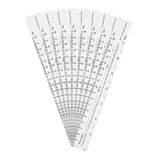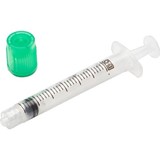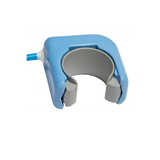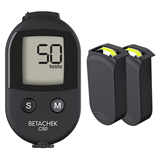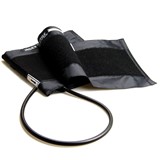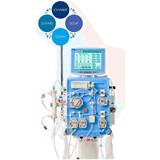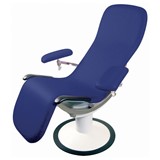"We studied the genes of over 68,000 people from different backgrounds, making this the largest study of its kind," said Dr Manuel Ferreira, senior study co-author from QIMR’s Genetic Epidemiology Laboratory.
"The aim of this genome-wide study was to understand which genes control platelet count and volume, as this can provide important clues into the molecular mechanism underlying blood cell formation."
Dr Ferreira said that platelets are important for wound healing and too high or too low platelet counts can lead to disease - abnormally high platelets can increase the risk of thrombotic events, heart attacks and stroke; too few platelets and there is an increased risk of haemorrhage.
"What is really exciting about this research is that we have used genetic techniques to find these regions of DNA and then to better understand their function we studied the specific genes in experimental model organisms, such as the fruit fly," said Dr Ferreira.
"By turning off some of these genes, we found that blood cell formation was significantly impaired. This indicated that these new genes do indeed play a crucial role in the differentiation of haematopoietic stem cells into more specialized blood cell types.
"These genes could be used in the future as new targets to develop diagnostics or treatments for bleeding disorders in extreme cases."
The results of this study have been published in Nature on and can be downloaded at www.nature.com.

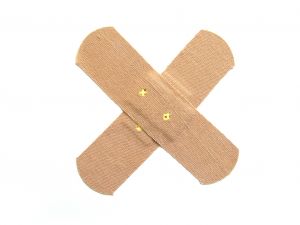
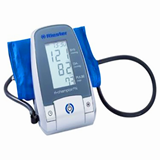
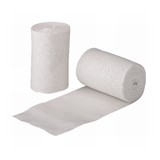
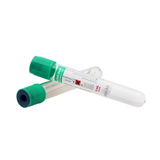

-160x160-state_article-rel-cat.png)
